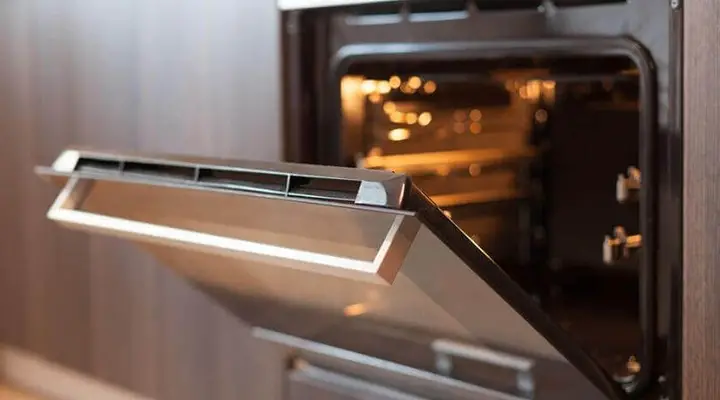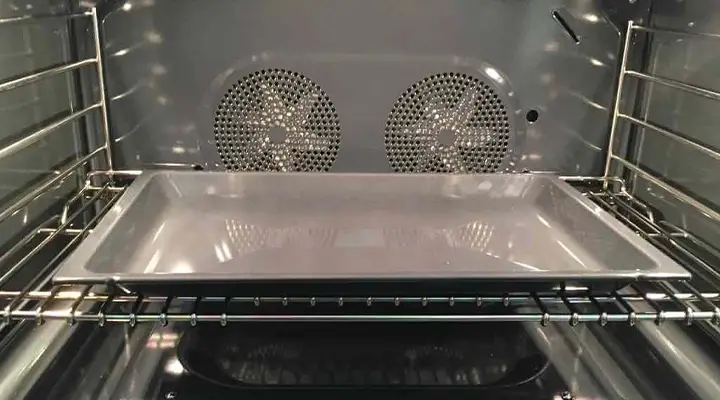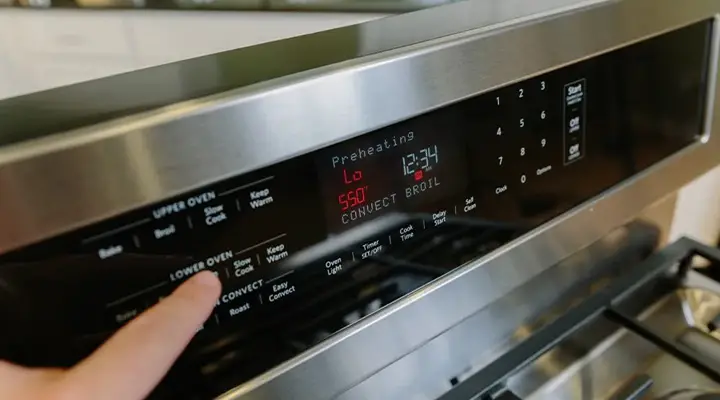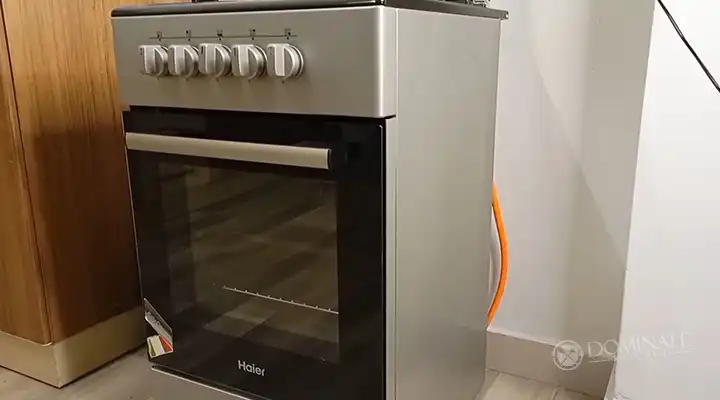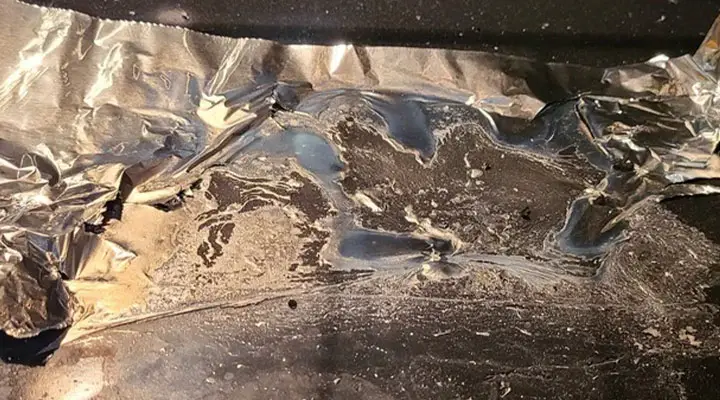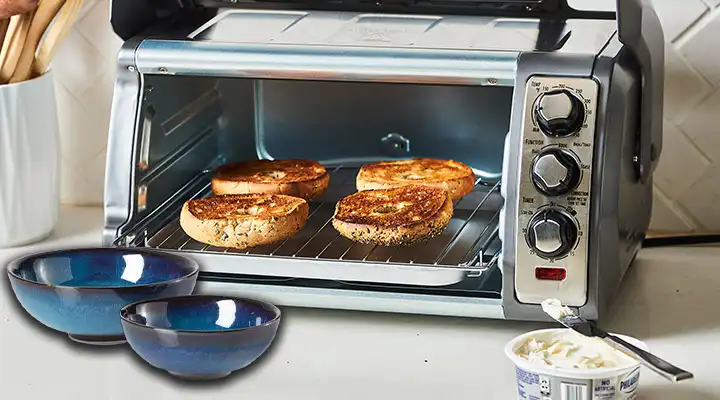How To Test Oven Temperature Sensor (Step-by-Step Guide)
Oven temperature sensors play a crucial role in ensuring that your oven cooks your meals to perfection. However, over time, these sensors can deteriorate or malfunction, leading to inaccurate temperature readings and uneven cooking. To prevent undercooked or overcooked dishes, it’s essential to test your oven temperature sensor.
Today, we will explore when and why you need to perform this test, how to do it, additional troubleshooting steps, and address frequently asked questions.
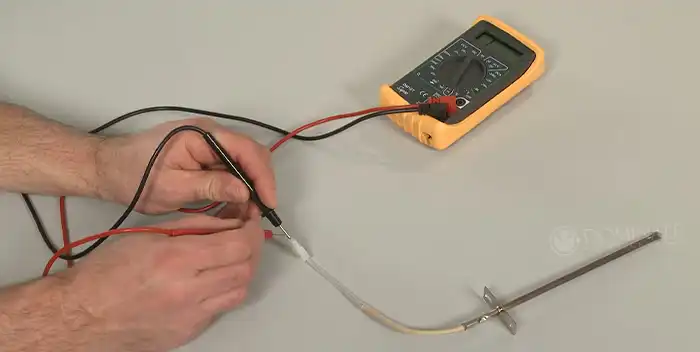
When and Why You Need to Test Your Oven Temperature Sensor
Testing your oven temperature sensor is a task that every home cook or baker should consider. You should perform this test:
When You Notice Inconsistent Cooking Results: If you find that your baked goods are coming out overcooked or undercooked, even when you follow a recipe meticulously, it’s time to test the oven temperature sensor.
After a Power Outage or Electrical Surge: Sudden power outages or electrical surges can affect the functioning of electrical appliances, including ovens. If your oven has been exposed to such events, it’s a good idea to check the sensor.
During Periodic Maintenance: As part of routine maintenance, testing the oven temperature sensor can help ensure that it’s operating correctly and avoid unpleasant surprises during meal preparation.
Before Important Cooking Events: If you’re planning a special dinner or baking session, it’s wise to test the oven temperature sensor beforehand to guarantee the best results.
How to Test Your Oven Temperature Sensor
Now that you understand when and why you should test your oven temperature sensor, let’s delve into the step-by-step process of how to do it.
Required Tools
Before you begin, gather the following tools and materials:
- Multimeter: A digital multimeter is essential for measuring the sensor’s resistance.
- Screwdriver: You may need this to remove the oven’s back panel or access the sensor.
- Oven Thermometer: This will help you verify the oven temperature against the sensor readings.
Step 1: Safety First
- Ensure the oven is unplugged or turned off at the circuit breaker to avoid electrical shocks.
Step 2: Locate the Sensor
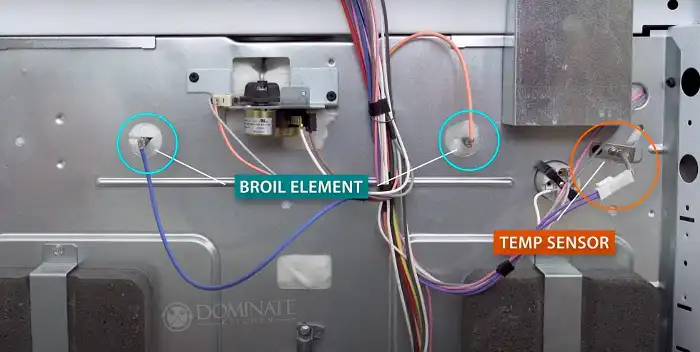
- Oven temperature sensors are typically located inside the oven cavity. Consult your oven’s manual for specific instructions on accessing the sensor, which may involve removing the oven’s back panel or accessing it from inside the oven.
Step 3: Disconnect the Sensor
- Unplug the sensor from its wiring harness. This usually requires removing a couple of screws to access the wiring.
Step 4: Set the Multimeter
- Switch the multimeter to the resistance or ohms setting, often represented by the Greek letter Omega (Ω).
Step 5: Measure the Sensor Resistance

- Touch the multimeter’s probes to the two wires connected to the sensor. The order doesn’t matter for a temperature sensor.
- Note the resistance reading. It should typically read around 1000-1100 ohms at room temperature. If it’s significantly different, the sensor may be faulty.
Step 6: Test at Different Temperatures (Optional)
- Place the sensor in an oven preheated to a known temperature, such as 350°F (175°C).
- Monitor the resistance reading on the multimeter as the sensor heats up. It should increase as the temperature rises. If it doesn’t change or behaves erratically, the sensor is likely faulty.
Step 7: Compare with an Oven Thermometer
- Place an oven thermometer inside the oven and set it to the desired temperature.
- Compare the temperature displayed by the oven thermometer with the reading on the oven control panel. If there’s a significant difference (more than 25°F or 10°C), the oven’s control board may be faulty.
Step 8: Replace or Repair
- If the oven temperature sensor shows abnormal resistance readings or fails to respond to temperature changes, it’s time to replace it. Consult your oven’s manual or a professional technician for the correct replacement part and instructions.
Step 9: Reconnect and Test
- Once you’ve replaced the sensor, reconnect it to the wiring harness and reassemble any components you had to remove. Test the oven again to ensure it heats to the correct temperature.
Remember that safety is paramount when working with electrical appliances. If you’re unsure about the process or not comfortable doing it yourself, consult a professional technician to diagnose and fix any issues with your oven.
Additional Troubleshooting
While testing the oven temperature sensor is a crucial step in addressing temperature-related issues, there are a few additional troubleshooting steps you can take to ensure your oven operates efficiently:
Calibration: Some ovens allow you to calibrate the temperature settings. Check your oven’s manual to see if calibration is an option. This can help you fine-tune the temperature accuracy.
Cleaning: A dirty oven can affect temperature distribution. Regularly clean your oven to remove any food residues that may interfere with the sensor’s accuracy.
Positioning: Ensure that oven racks are correctly positioned to allow for proper airflow and even cooking.
Inspect Seals: Check the door gasket and seals for any signs of damage or wear. A faulty seal can lead to heat loss and inaccurate temperature readings.
FAQ
Can I test my oven temperature sensor with a non-digital multimeter?
Yes, you can use an analog multimeter, but digital multimeters are generally more accurate and easier to read. When using an analog multimeter, look for a deflection on the scale that indicates resistance, and note the corresponding reading.
What should I do if my oven temperature sensor readings are way off?
If your sensor readings are significantly different from the expected values, you should replace the sensor. Consult your oven’s manual or a technician for the appropriate replacement part.
Can I recalibrate my oven’s temperature settings?
Some ovens offer a calibration feature. Refer to your oven’s manual to determine if it can be recalibrated. Calibration allows you to adjust the temperature settings to match the actual temperature inside the oven.
How often should I test my oven temperature sensor?
It’s a good practice to test your oven temperature sensor at least once a year as part of routine maintenance. However, if you notice cooking issues or experience power outages, test it promptly.
What if I’m still experiencing cooking problems after replacing the sensor?
If problems persist after replacing the sensor, consider consulting a professional technician to diagnose and address any underlying issues with your oven, such as control board problems or faulty heating elements.
Summing it Up
Testing your oven temperature sensor is a fundamental maintenance task that can significantly impact your cooking results. By following the steps outlined in this guide, you can ensure that your oven is heating to the correct temperature, leading to more consistent and reliable cooking outcomes. Additionally, addressing temperature sensor issues promptly can save energy and promote food safety. So, don’t wait – test your oven temperature sensor and cook with confidence.

